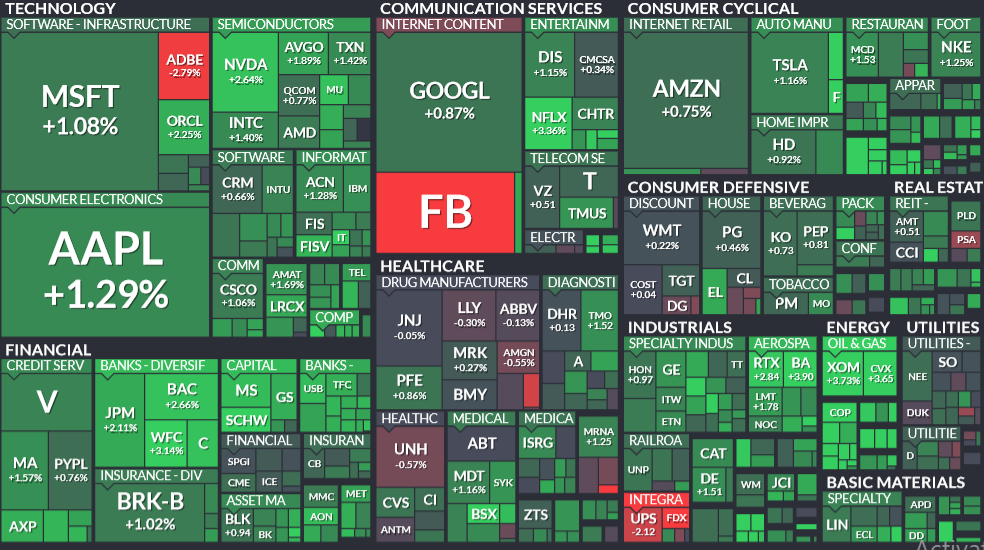Gold advanced on Friday, after hitting the lowest in six months a day earlier. Assets in the SPDR Gold Trust, the biggest bullion-backed ETF, increased on Friday for the first time in 1-1/2 months, rebounding from the lowest since January 2009. Robust physical demand from China amid the recent slump in prices supported the metal, while a stronger US dollar weighed.
On the Comex division of the New York Mercantile Exchange, gold futures for settlement in February rose by 0.74% on Friday and settled at $1 202.40 per troy ounce after swinging between day’s high and low of $1 206.80 and $1 190.10 an ounce respectively. On Thursday, prices touched $1 186.50 per troy ounce, the lowest since June 28th, when the metal bottomed at $1 180.35 per troy ounce. Gold declined 2.9% last week, after adding 0.8% in the previous 5-day period. Last month, gold plunged 5.5 percent, the most since June and the biggest drop in November since 1978.
The precious metal has fallen 28% so far this year, the steepest annual drop since 1981, and is heading for the first annual decline in 13 years as investors lost faith in it as a store of value amid a rally in U.S. equities to a record and muted inflation.
“The region below $1,200 is where buying may be seen, especially from the jewelry sector and other industrial users. There’s still a potential for gold to go lower as the market expects further curbs on the QE.” said David Lennox, an analyst at Fat Prophets in Sydney, cited by Bloomberg.
US economy outlook
Gold was pressured after Fed’s decision to reduce its monthly bond purchases reinforced speculations that the US economy fares well and its recovery seems sustainable, reducing demand for the yellow metal.
On Friday, the US economy outlook brightened after the US Bureau of Economic Analysis, released a report that showed GDP grew at a revised 4.1% annualized rate in the third quarter. This was the strongest final reading since the fourth quarter of 2009 and exceeded the preliminary estimates in November, which showed GDP had probably risen 3.6% in the third quarter.
Supporting the strong economic outlook, a separate report by the US Department of Commerce revealed that final Personal Consumption Expenditures rose by 2.0% in the three months through September, compared to preliminary estimates of 1.4% in November and up from analysts’ expectations of 1.4% increase.
However, a number of US reports released on Thursday cast some doubts on the actual recovery of the US labor and housing markets.
The US Department of Labor reported on Thursday an unexpected increase in the number of people who filed for initial unemployment benefits last week. Initial Jobless Claims surged to 379 000 in the week ended December 14th, defying projections for a drop to 332 000 from the preceding period’s upward revised 369 000.
Meanwhile, the National Association of Realtors reported that home resales fell for a third straight month to a one-year low in November. Existing home sales slid to 4.9 million, trailing projections for a drop to 5.03 million from October’s 5.12 million used homes sold.
Fed’s balance sheet has swelled to almost $4 trillion as an attempt to revive the US labor market and put millions of unemployed Americans back to work. The central bank’s asset purchases will be divided between $40 billion in Treasuries and $35 billion in mortgage bonds, Bernanke said.
A stronger dollar put more pressure on gold. The U.S. dollar index, which measures the greenback’s performance against a basket of six major peers, traded little changed on Friday, losing 0.03% to settle at 80.75, advancing 0.67% for the week. The March contract held in a day’s range between 81.00 and 80.56. Strengthening of the dollar makes commodities priced in it more expensive for foreign currency holders and limits their appeal as an alternative investment.
Assets in the SPDR Gold Trust, the biggest bullion-backed ETF, rose by 5.4 tons to 814.12 tons on Friday, rebounding from the lowest since January 2009. This was the first inflow since November 6th.
However, outflows have totaled nearly 488 tons this year. Billionaire hedge-fund manager John Paulson who holds the biggest stake in the SPDR Gold Trust told clients on November 20 that he wouldn’t invest more money in his gold fund because it isn’t clear when inflation will accelerate. US inflation is still well below the Fed target of 2.00%.
China demand
On the Shanghai Gold Exchange, the biggest Chinese spot bullion market, gold volumes for the benchmark cash contract rose to a 10-week high on Friday as investors were lured by the recent price decline.
According to data compiled by Bloomberg, the volume for bullion of 99.99% purity surged to 19 775 kilograms yesterday, the largest since October 8th, up from 13 673 kilograms the previous day. The record-high was set on April 22nd, when volumes reached 43 272 kilograms.
China is the world’s second largest importer, but is expected to overtake India as the world’s top bullion consumer, with demand poised to reach 1 000 tons this year, according to the World Gold Council.





